Do you love spending time outdoors but don’t like the intense heat and bright sun? A shade garden is a perfect solution! This article will provide you with tips and ideas on how to create a beautiful shade garden. Whether you have a large yard or a small patio, there are plenty of ways to add shade and make your outdoor space more comfortable. So, get ready to relax in the cool shade of your very own private oasis!
Why do you need a Shade Garden?
Shade gardens can be a great way to add color, texture, and interest to shady areas of your yard. Shade gardens provide an array of benefits beyond just aesthetic appeal. These include helping to control erosion, providing habitat for wildlife, and reducing noise pollution. They can also help reduce the amount of water needed for lawns in dry climates by allowing moisture from rain or irrigation to soak into the ground rather than evaporate quickly.
With a shade garden, you can transform any dark corner of your yard into a beautiful and inviting space. From ferns and mosses to wildflowers and groundcovers, there are a wide variety of plants that thrive in shady areas. With some careful planning and research, anyone can create their own unique shady oasis. So don’t let the shade stop you from creating a stunning garden – embrace it! With the right plants, you can create an idyllic retreat filled with beauty, texture, and color [1].
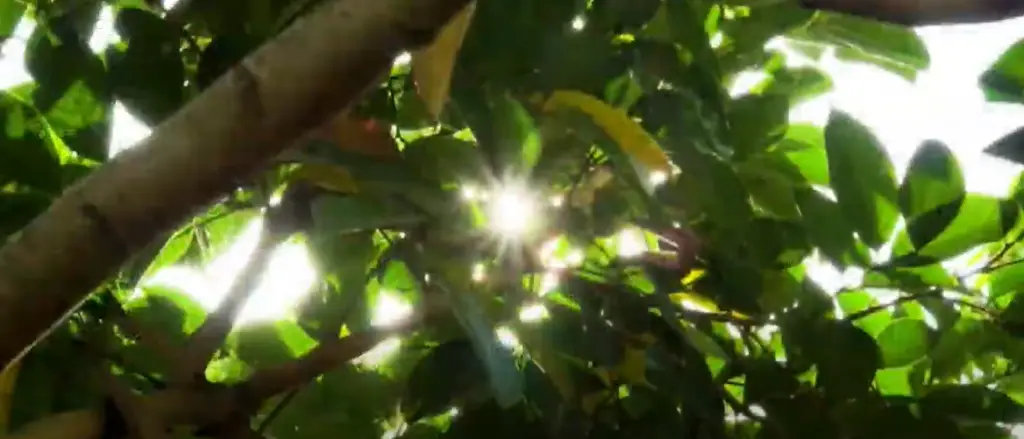
Types of shade in the garden
Partial shade
Partial shade is a location that receives dappled or filtered sunlight for most of the day. Depending on the plants you choose, and the amount of light available this can be a great spot for many varieties of plants to thrive. Partial shade helps protect your plants from too much direct sun, while still allowing enough sunlight to keep them healthy.
Dappled shade
Dappled shade is similar to partial shade, but it gets even less direct sunlight. This type of light is often seen in gardens that are located under large trees with a lot of foliage. The best plants for dappled shade will be those that thrive in low-light conditions such as ferns, hostas, and other shade-loving varieties. Dappled shade can also provide much-needed protection from the midday sun.
Full Shade
Full Shade is an area of the garden where there is no direct sunlight at any point during the day. These areas tend to be very dark and damp so you’ll need to choose your plants carefully to ensure they get enough light without burning or wilting. Shade-loving varieties such as hostas, ferns, and many flowering plants do well in full shade. You can also add some color to a fully shaded area with bright foliage plants like coleus or caladiums.
Deep Shade
Deep shade is the darkest and most sheltered area of the garden. It is generally characterized by very little light and often receives no direct sunlight at all. This type of environment has very specific needs when it comes to choosing plants, but there are still plenty of options available. Some of these include impatiens, fuchsias, begonias, violets, and even some types of grasses. Deep shade may require more maintenance than other areas of the garden due to its unique growing conditions [2].

Planning a shade garden
Evaluate your site
The first step in planning a successful shade garden is to evaluate the space. It means taking into consideration factors such as sunlight, soil type, and water drainage.
When it comes to soil type, the best kinds for planting shady areas are those with high organic matter content. This means adding lots of compost or manure before getting started. Be sure to also check on the water drainage in your area – too much standing water can be harmful to some varieties of plants.
Selecting Plants That Thrive In Shade
Once you’ve evaluated your site, it’s time to select the types of plants that will thrive in the shadows. Look for species that can handle low-light levels, have a tolerance for dry soil, and are drought-tolerant.
Some popular choices include hostas, ferns, tiarella, astilbes, and heuchera. If you’re looking for colorful flowers, try planting impatiens or begonias. Of course, there are many other options when it comes to selecting shade-loving plants; research different varieties to determine which will work best in your garden space.
Draw up a design
Now that you’ve selected your plants, it’s time to create a design for your shade garden. Begin by sketching out the area and drawing where each plant should go. Consider adding accents such as stones or statuary – anything else you think will add visual interest to the space.
When you’re finished with your design, use it as a guide when planting the different species. Be sure to follow instructions on spacing and depth when digging each hole. Once everything is planted, keep an eye out for any signs of stress or disease and take action quickly if necessary.
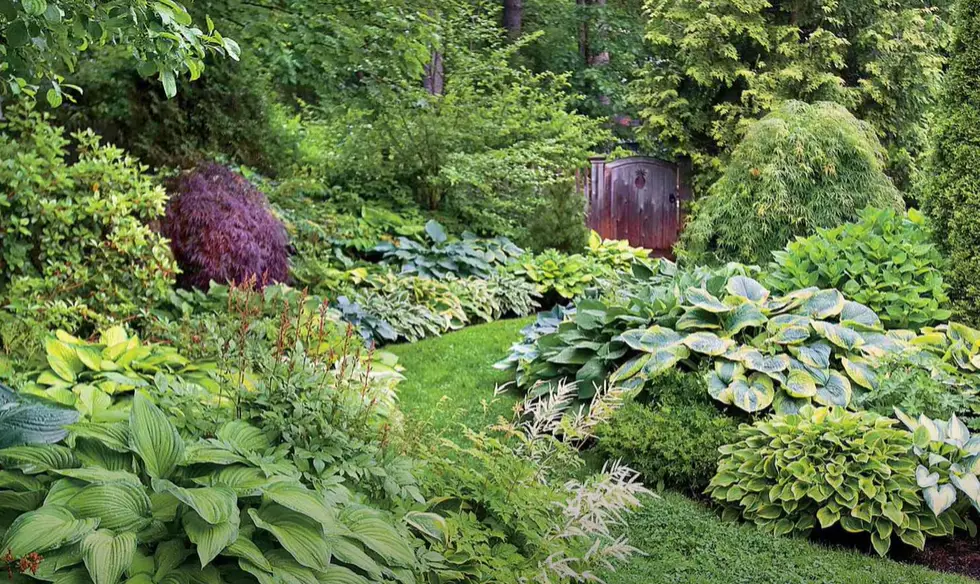
Consider scale
When designing your shade garden, be sure to consider scale. Some plants may look small in the nursery but can grow up to several feet tall. Make sure the mature size of each species will fit within the available space before planting it. Additionally, consider how the plants will look when they’re mature and adjust your design accordingly.
Choose a style
Your shade garden should reflect your personal style and taste. You may want to go with a formal look like English-style gardens or a more natural, wild look. Think about the type of garden you’d like to create and pick plants that will help you achieve that vision.
How to plant a shade garden?
If you are looking to add color and texture to a shady area of your garden, planting a shade garden can be a fulfilling and rewarding experience. Here are some tips for creating a beautiful and low-maintenance shade garden:
- Choose the Right Plants – When selecting plants for your shade garden, select varieties that prefer partial or full shade. Some popular options include hostas, ferns, coral bells, hellebores, astilbes and heuchera. It’s important to note that there is not just one type of shade; dappled light versus deep shade will require different types of plants. Once you know the amount of sun exposure in the area where you plan to plant, you’ll be able to select the right varieties.
- Prepare the Soil – It’s important to make sure the soil in your shade garden is nutrient-rich and well-draining. Consider adding compost or organic matter such as manure, peat moss, or leaf mulch to improve drainage and aeration in order to give your plants a better chance of thriving.
- Plant Appropriately – When planting perennials and other plants in your shade garden, it’s best practice to plant them at their appropriate depth and distance from each other for optimal growth; generally about twice their width apart for small perennials and three times their width apart for larger ones.
- Add Texture with Ground Covers – To add texture to your shade garden, consider adding ground covers such as creeping phlox or vinca minor. Ground covers can help keep weeds at bay and also add interest to the garden.
- Mulch – Adding a layer of organic mulch (such as shredded bark or pine needles) to your shade garden beds can help retain moisture in the soil and suppress weed growth.
- Prune – Don’t forget to prune perennials and other plants in your shade garden every spring; this will encourage new growth and keep plants looking their best. And don’t forget to deadhead spent bloom buds on flowering varieties!
- Add Color with Annuals – If you want some extra color in your shade garden, consider adding annuals such as impatiens or begonias. These will add bright pops of color and can be replaced every year.
Inspiring Shade Garden Ideas
Planning Your Shade Garden
When it comes to planning and planting your shade garden, there are a few things to keep in mind:
- First and foremost, determine the amount of shade you have available. Is it full or partial? If it’s partial, you may be able to get away with planting some sun-loving plants that can handle part shade.
- Next, consider the size of your garden. Shade gardens don’t need to be large; even tiny patios and balconies can benefit from adding a few plants for extra color and interest.
- Don’t forget about soil conditions – choose plants that will thrive in an area where water drains slowly or stays moist most of the time. Also think about how much sunlight the space will receive at different times of day, as certain plants may need more or less light than you’re providing.
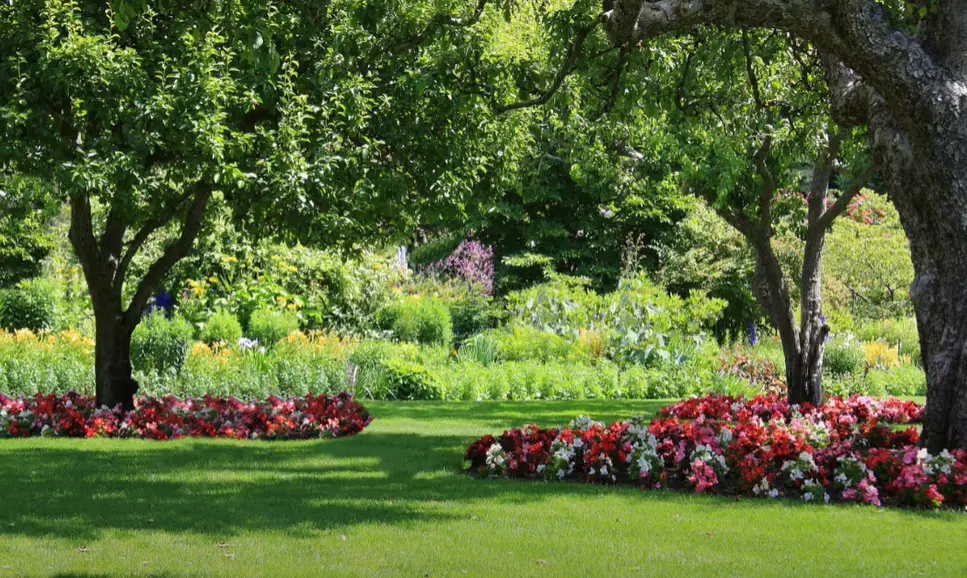
Plants for Shade Gardens
When planning your shade garden, you’ll have plenty of plant options to choose from. Here are some of our favorites for adding color, texture, and interest:
Hostas: These leafy perennials come in a wide range of sizes, shapes, and colors – all perfect for adding texture to a shady spot.
Impatiens: This annual is a great way to add lots of color to your garden with very little effort. It’s also heat and drought-tolerant so it can handle partial sun if needed.
English Ivy: This evergreen ground cover can be used to cover large areas quickly and easily. Plus, it’s an excellent air-purifying plant.
Ferns: Ferns make great accents for shade gardens – they come in a variety of colors, shapes, and sizes and thrive in moist soil.
Hydrangeas: These large shrubs are perfect for adding structure and color to any garden. They come in shades of pink, blue, purple, and white depending on the soil pH level.
Notting Hill Rooftop Shade Garden
For a truly inspiring shade garden, take a look at this rooftop oasis in Notting Hill. Thanks to judicious plant selection and clever design, this urban space is full of life and color even on the sunniest days. The garden features a variety of shade-tolerant plants such as hostas, grasses, ferns, impatiens, hydrangeas, and more. The combination of colors and textures creates an airy yet lush atmosphere that’s ideal for relaxing or entertaining guests.
Tropical in Sydney Shade Garden
This tropical-inspired shade garden in Sydney is a creative mix of color, texture, and plants. From the bright blooms of bougainvillea to the lush foliage of ferns and begonias, this garden has something for everyone. The overall effect is one of vibrancy and life – perfect for any shaded area that needs a little extra pizzazz.
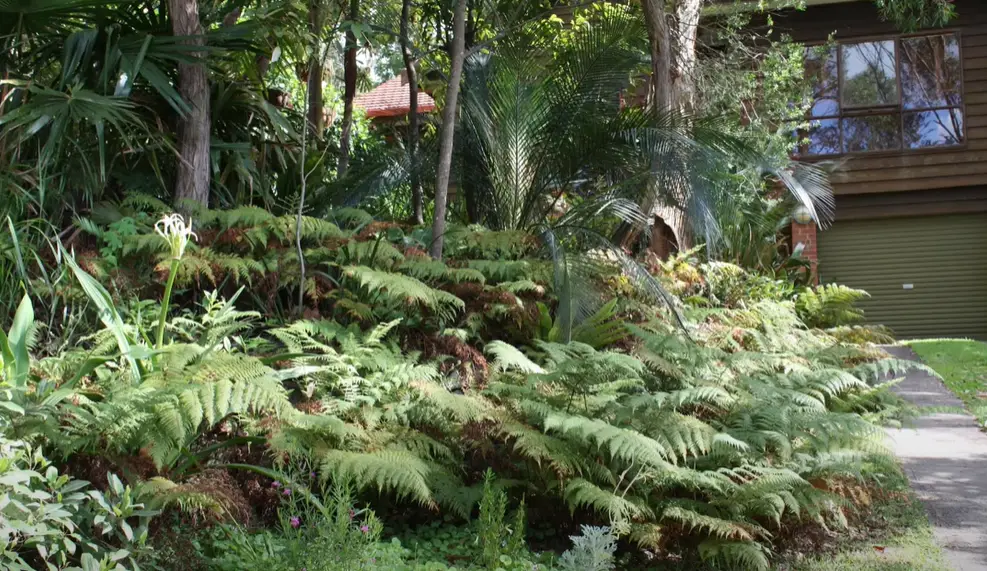
Monochromatic Beauty
This monochromatic beauty means business when it comes to shade gardening. Everything from the white gravel path to the silver birch trees and ferns has been carefully selected for its ability to thrive in the shaded environment. The result is a serene yet elegant garden that’s perfect for relaxing or entertaining al fresco.
No-Fuss Shade Garden
This no-fuss shade garden proves that you don’t need lots of plants or elaborate design elements to make a beautiful space. Here, simple potted plants like ferns, impatiens, and hostas are used to create a lush look without overwhelming the area with foliage. This minimalistic approach lets you appreciate each plant as its own entity – ideal for smaller spaces or anyone who wants a low-maintenance garden.
Hanging Gardens of Toorak
If you’re looking for a truly unique shade garden, look no further than this hanging garden in Toorak. Here, a series of terraced planters are suspended from the ceiling and filled with a variety of colorful plants – perfect for anyone who wants to add a touch of greenery to their shaded area without taking up too much ground space.
Side Yard Serenity
This side yard oasis is the perfect spot to relax and unwind on a hot summer day. The combination of shade-tolerant plants like ferns, impatiens, hostas, and grasses creates a lush look that’s sure to turn heads. Plus, the addition of an outdoor seating area makes it an ideal spot for enjoying the beauty of nature without ever leaving your home.
Colorful Foliage Garden
This colorful foliage garden is a masterclass in shade gardening. Here, bright and vibrant plants like impatiens, hostas, and ferns are arranged in an eye-catching pattern that adds interest to the space. Not to mention, the addition of large trees helps create a feeling of seclusion and privacy – perfect for anyone who wants to make their shaded area feel like its own little world.
Big Blossoms in the Shade
If you’re looking for big blooms in the shade, this garden is the perfect spot. Here, a variety of colorful flowers like hydrangeas and impatiens are combined with lush foliage plants like ferns and grasses to create an eye-catching display. Not to mention, the addition of trellises gives it a cozy yet sophisticated look that’s sure to draw attention.

Elements of an Asian Garden
This Asian-inspired shade garden is a sight to behold. Here, tranquil elements like bamboo, rocks, and lanterns are combined with lush foliage plants like impatiens and ferns to create an atmosphere that’s peaceful yet vibrant. Not to mention, the addition of a pagoda or two adds a layer of beauty and sophistication that’s sure to turn heads. No matter what kind of shady space you have, these inspiring gardens prove that they can be just as beautiful and lively as any sunny spot. With thoughtful design and careful plant selection, you can create your oasis in the shadows.
Lazy Terrace
This lazy terrace is the perfect spot for taking in the beauty of nature while getting some much-needed R&R. Here, a variety of shade-tolerant plants like ferns, impatiens, and hostas fill the space with lush foliage – not to mention, it is sprinkled with benches and cushions that make it an ideal spot for lounging. Whether you’re looking to entertain al fresco or just want to sit back and enjoy the view, this garden has something for everyone.
Meadow Garden
This meadow garden is the perfect escape from reality. Here, wildflowers like poppies and daisies are combined with lush foliage plants like ferns, impatiens, and hostas to create a space that’s both vibrant and tranquil. Not to mention, the addition of grasses helps give it a feeling of openness – perfect for anyone looking for an outdoor retreat without leaving their home.
Shed in Shade
This shed-in-shade is the perfect spot for your own private getaway. Here, a variety of vibrant plants like ferns, impatiens, and hostas are combined with larger trees to create a feeling of seclusion and privacy – perfect for anyone who wants to enjoy some much-needed downtime in the comfort of their own home. No matter what kind of shady space you have, these inspiring gardens prove that they can be just as beautiful and lively as any sunny spot.
Shaded Zen Garden
For those looking to achieve inner peace while surrounded by nature, this shaded zen garden is the perfect spot. Here, tranquil elements like rocks and water features are combined with lush foliage plants like impatiens, ferns, and hostas to create a calming atmosphere that begs you to sit down and relax. Not to mention, the addition of benches makes it an ideal spot for lounging – perfect for anyone looking to get away from it all while still staying close to home.
Secret Garden
This secret garden is a true oasis in the shade. Here, lush foliage plants like impatiens, ferns, and hostas are arranged in an eye-catching pattern that adds interest to the space. Not to mention, the addition of large trees helps create a feeling of seclusion and privacy – perfect for anyone who wants to make their shaded area feel like its own little world [3].
FAQ
What should be in the shaded area of a garden?
The shaded area of a garden should ideally include plants that do not require a lot of sunlight and can thrive in low-light conditions. Some options for these plants include ferns, hostas, impatiens, begonias, vinca, and English ivy. You may also choose to incorporate trees or shrubs that produce dappled shade as well as colorful foliage or flowers. Additionally, adding ground covers such as moss or creeping thyme can help create an attractive landscape design. It is important to note that the specific types of plants you choose will depend on your local climate and soil conditions. For best results, consult with a local gardening expert who can recommend the best plants for your particular environment.
How to decorate a shaded garden?
Decorating a shaded garden can be a fun and creative process. First, consider adding bright pops of color by planting flowers such as begonias or impatiens. You can also incorporate trees that produce dappled shade or evergreen shrubs to create an interesting landscape design. Additionally, you may want to add decorative elements such as trellises, arbors, birdbaths, benches, statues, and other outdoor décor items to give your garden a unique look. Finally, select pathways and walkways made from stepping stones or gravel to complete the design.
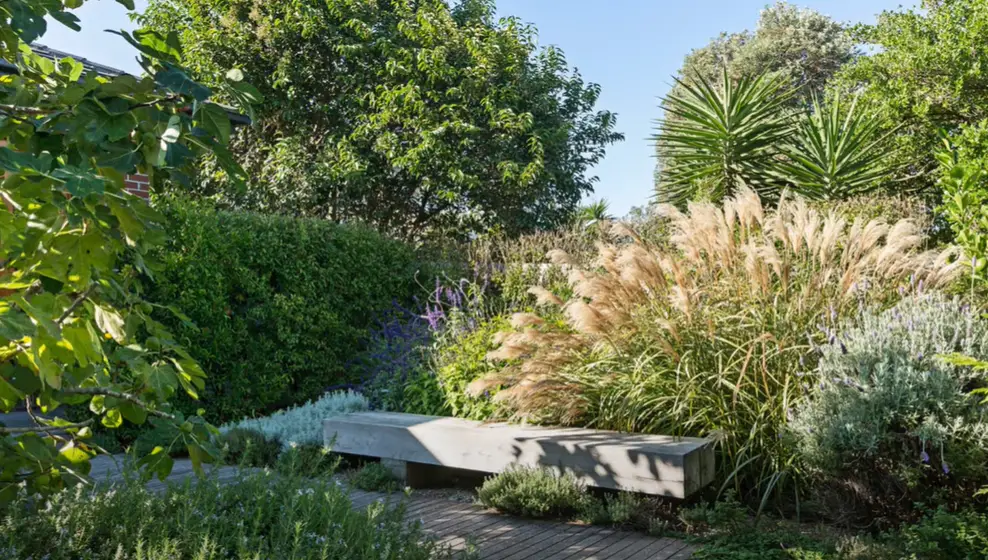
What are the benefits of having a shaded garden?
Having a shaded garden has many benefits. First, it helps to provide your plants with protection from the sun’s intense rays and can help extend their lifespan. Additionally, having shade in the garden can help control temperatures so that your plants are not excessively exposed to extreme heat or cold. Finally, incorporating trees or shrubs into your landscape design provides habitats for birds and other wildlife. This makes for an enjoyable outdoor experience as you can watch and appreciate nature in its own habitat.
How do you start a garden shade?
Starting a shade garden can be a rewarding and fun experience. Begin by determining which plants will thrive in your local climate and soil conditions. From there, you can start to plan your landscape design, incorporating trees or shrubs that provide dappled shade as well as colorful foliage or flowers. Additionally, consider adding decorative items such as trellises, arbors, birdbaths, benches, statues, and other outdoor décor pieces to create a unique look for your garden. Finally, select pathways and walkways made from stepping stones or gravel to complete the design.
What should I do if my garden gets too much sun?
If your garden is getting too much sun, you may want to consider adding trees or shrubs that provide dappled shade. Alternatively, you can try planting taller plants near the edge of your garden to help block some of the sunlight. Additionally, you can purchase shade cloths or umbrellas that can be placed over the area when needed. Finally, make sure to select plants that are suitable for full sun so they do not become scorched from excessive amounts of light.
What garden layout is best for the sun?
The best garden layout for the sun will depend on your specific needs and environment. Generally speaking, you may want to choose plants that require full sun such as roses, lavender, or daisies. Additionally, consider incorporating trees or shrubs that can provide dappled shade to help prevent the garden from becoming overly exposed to intense sunlight. Finally, select pathways and walkways made from stepping stones or gravel to complete your landscape design.
What type of plants do well in partial shade?
Many types of plants do well in partial shade conditions. These include ferns, hostas, impatiens, begonias, vinca, English ivy, hydrangeas, and azaleas. Additionally, consider planting trees or shrubs to provide dappled shade, helping to protect the plants from excessive sun exposure while adding interest and texture to your garden. Finally, select pathways and walkways made from stepping stones or gravel to complete the design.
Useful Video: Full Shade Garden ideas
Conclusion
Shade Gardens are a perfect way to bring life and vibrancy to the outdoors. They require minimal maintenance and can transform any outdoor space into a stunning oasis for plants, wildlife, and people alike. Shade Gardens are an easy and cost-effective way to beautify your home or property with minimal effort. From choosing the right plants for shade to creating a unique design layout, there are many ways to add beauty, color, texture, and life to any outdoor space with a Shade Garden. With careful planning and preparation, you can create an inviting garden that will be enjoyed by all who visit it. Whether you have a large backyard or a small balcony area, a Shade Garden is a great way to enjoy nature’s beauty without breaking the bank.
References:
- https://www.calblendsoils.com/what-are-the-benefits-of-a-shade-garden/
- https://www.gardenersworld.com/plants/types-of-garden-shade/
- https://www.thespruce.com/shade-garden-ideas-4165708










Leave a Reply
View Comments